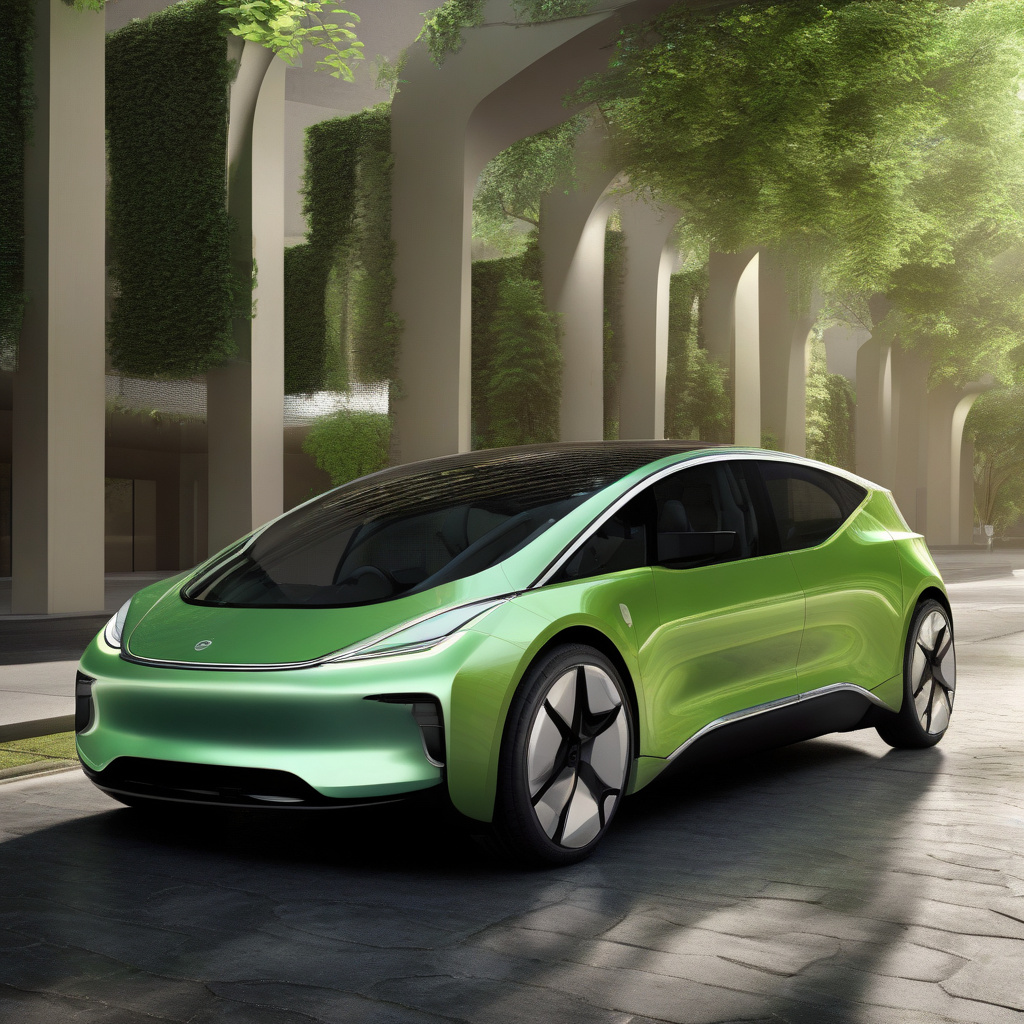General Motors (GM) has recently unveiled its groundbreaking plan to revolutionize the electric vehicle (EV) market with the introduction of lithium-manganese-rich (LMR) batteries. This innovative technology promises to significantly reduce costs while maintaining optimal performance, potentially making EVs more affordable and accessible to a wider audience by 2028. The shift towards LMR batteries marks a significant milestone in the ongoing quest to enhance the efficiency and sustainability of electric vehicles.
By incorporating manganese-rich cathodes into the battery composition, GM aims to address two critical aspects of EV adoption: cost and range. The utilization of manganese offers a more cost-effective alternative to traditional lithium-ion batteries, which typically rely on cobalt—a considerably more expensive and ethically problematic material. As a result, the adoption of LMR batteries is expected to reduce manufacturing costs significantly, ultimately translating into more affordable EV options for consumers.
Moreover, the transition to LMR batteries does not come at the expense of performance. Contrary to concerns that cost-cutting measures might compromise battery efficiency and driving range, GM’s innovative approach ensures that these batteries maintain a high energy density. This means that EVs powered by LMR batteries will not only be more affordable but also capable of delivering impressive driving ranges on a single charge, addressing one of the primary concerns of potential EV buyers.
The introduction of GM’s LMR batteries represents a crucial step forward in the evolution of electric vehicles, aligning with broader industry trends towards sustainability and cost-effectiveness. As the automotive sector continues to prioritize eco-friendly solutions and explore alternatives to traditional fossil fuel-powered vehicles, innovations like LMR batteries play a pivotal role in shaping the future of transportation. By combining affordability with performance, GM’s initiative is poised to accelerate the transition to electric vehicles on a global scale.
In conclusion, GM’s pioneering development of lithium-manganese-rich batteries heralds a new era of affordability and efficiency in the electric vehicle market. By leveraging the benefits of manganese-rich cathodes, GM aims to make EVs more cost-effective without compromising performance, offering consumers a compelling alternative to traditional combustion engine vehicles. As we look ahead to 2028 and beyond, the widespread adoption of LMR batteries could pave the way for a more sustainable and accessible future of transportation, driving positive change in the automotive industry and beyond.

